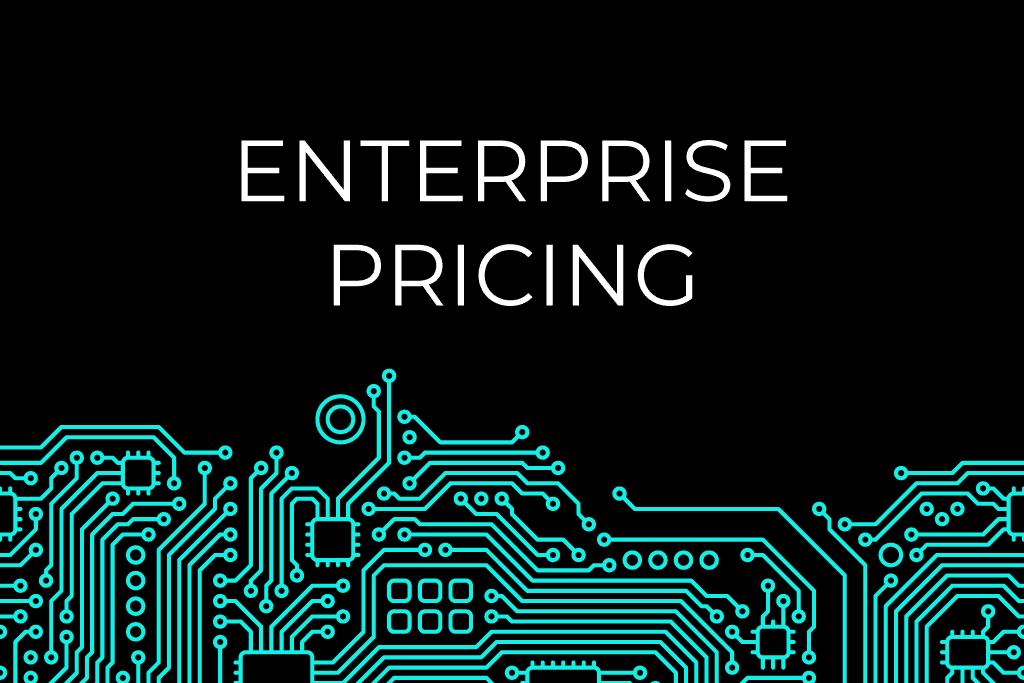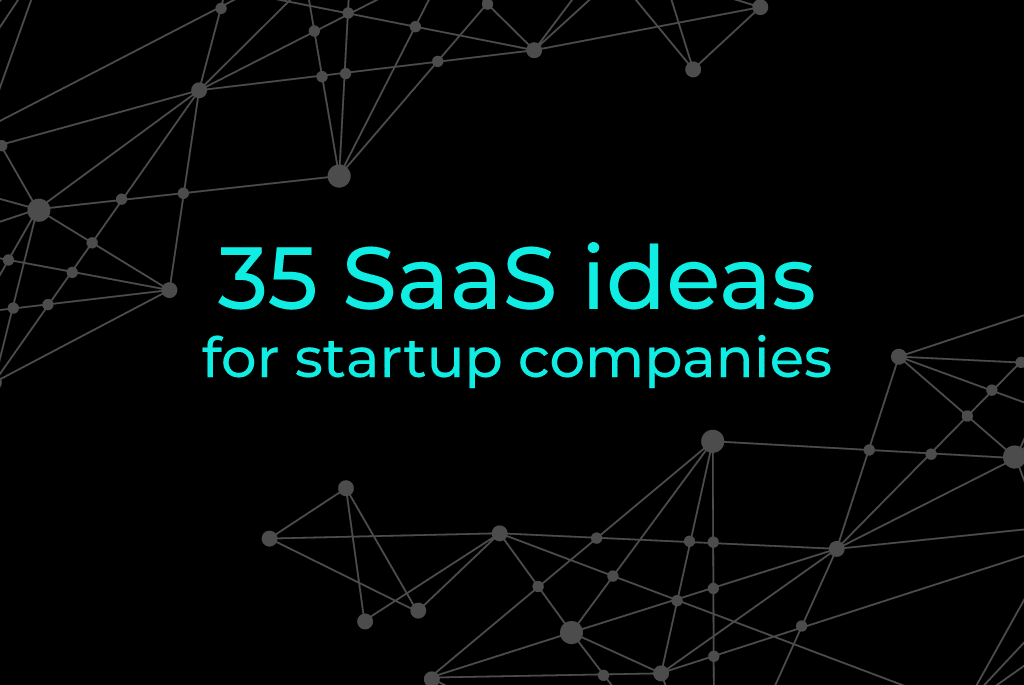What is a SaaS Company? Top 19 SaaS Companies Killing It in 2023
To help you find what you’re looking for, you can use the following links to jump quickly between sections or to go straight to the SaaS company you’re most interested in:
What is a SaaS company: Everything you need to know
What are some examples of a SaaS company?
The SaaS business model: How a SaaS company works
How SaaS differs from traditional software
Types of SaaS companies: B2B & B2C
Why businesses use SaaS
Stages of a SaaS company
Top 20 Software as a Service (SaaS) companies of 2023
- Dialpad
- PandaDoc
- Sage
- Vonage
- Databricks
- RealVNC
- Paylocity
- Platform.sh
- OnlyDomains
- Global App Testing
- Auditboard
- Toggl
- Help Juice
- HubSpot
- Google Workspace
- Shopify
- Slack
- Salesforce
- Avalara
Top 4 SaaS companies to work for
Best practices in choosing the right SaaS company
Conclusion: Getting started with a SaaS Company
FAQs about SaaS
What is a Saas company: Everything you need to know
Whether you’re aware of it or not, pretty much everyone uses SaaS on a regular (if not daily) basis.
First and foremost, what does SaaS stand for? As a subset within cloud computing, SaaS stands for Software as a Service and has transformed how we work and interact online.
You could be watching your favorite show on Netflix or hosting a web conference. In both cases, you’d be using a SaaS solution and contributing to the industry’s projected global revenue of $185.8 billion by 2024.
SaaS adoption has been developing rapidly since 2018 and accelerated in 2020 amid the COVID-19 pandemic, with a growing need for business agility and the shift to remote work.
Since then, more businesses have appreciated the necessity to incorporate a SaaS business model within their small business and enterprise software systems alike, in order to retain customers and pursue scalable and sustainable growth through digital marketing tools.
While the history of SaaS was undoubtedly shaped by the pandemic, the industry is sure to continue to increase in popularity over the coming years as more companies choose to streamline their operations.
With consumer expectations becoming increasingly demanding, a surging SaaS market provides a plethora of ever-evolving and cost-effective off-premises computing options to choose from.
Read on to learn more about SaaS and how it works, the SaaS companies to watch in 2023 and beyond, and how to get started incorporating SaaS applications into your everyday business functionalities.
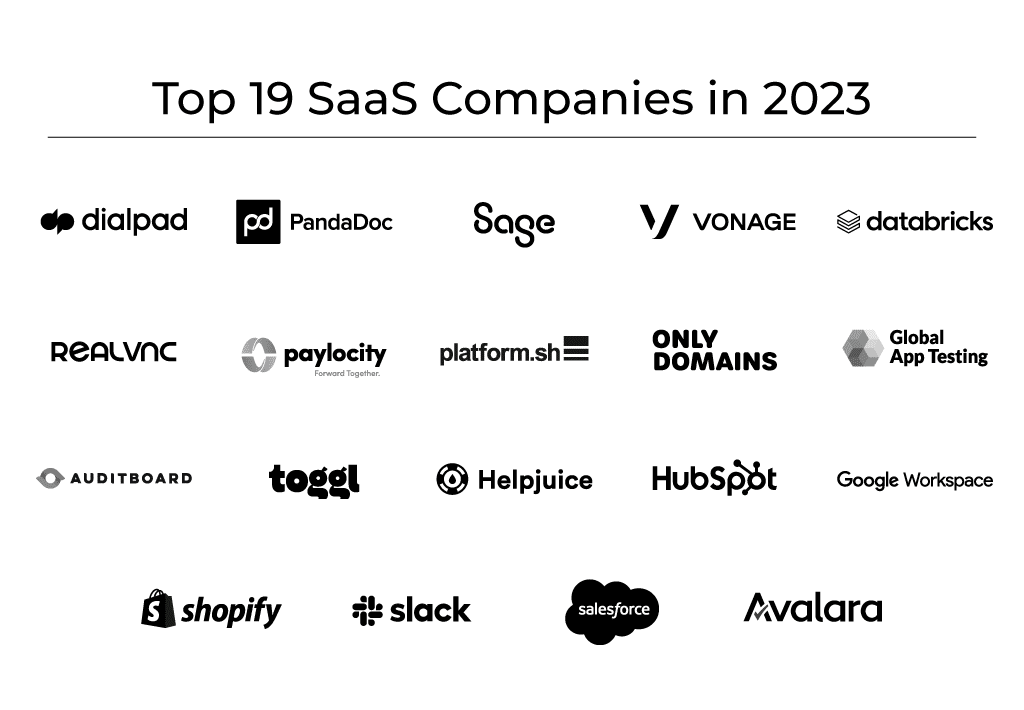
What is SaaS?
Essentially, Software as a Service (SaaS) is a solution model that provides users with externally managed, owned, and delivered software.
Users access the software through a web browser, and customer data is stored by the Software as a Service companies on cloud infrastructure rather than locally.
Thus, SaaS providers eliminate the need for in-house and data-center-based applications. In fact, they let users access their data from anywhere and with any device, provided they have an internet connection.
Typical SaaS solutions allow companies to pay for their services on demand (paying for the resources they use), through a licensing model, or a subscription fee. Depending on the SaaS app, users can access various tools that have a slew of benefits.
For example, SaaS products can range from cloud-based Customer Relationship Management solutions (CRM) like Salesforce to ecommerce hosting like Shopify.
How does Software as a Service work?
A SaaS website or service provider offers cloud services and hosts its users’ data via the internet. The provider is responsible for maintaining and updating the servers as well as for any necessary software developments.
SaaS applications are most often multi-tenant solutions meaning that, within the cloud, two or more companies or clients may share the same server and (depending on their fees) the same database resources. This is incredibly convenient for small businesses and startups as they can pick a pricing structure to suit their budget and reduce maintenance costs that often arise using traditional software.
Indeed, with such ease of scalability, SaaS resources allow companies to increase the size of processors and online storage to meet changing customer needs or to improve the user experience.
What qualifies as SaaS?
Software as a Service is a licensing model by which users pay a subscription fee or some form of recurring charge to access software based on an external server.
The software can range in functionality from providing content management, web development, or human resources solutions to file sharing, email marketing, and social media platforms. However, to constitute as SaaS, each software company must be accessible via the internet, without the need for installation.
This means that anything can be SaaS provided it hosts applications for customers and makes them available online.

What are some examples of a SaaS company?
Is Netflix a SaaS company?
If we follow the above definition, Netflix is a SaaS company.
It follows a subscription model whereby users pay to watch licensed video content on-demand, via the internet. While the option to download material is provided, all resources are available for immediate viewing without the need for installation.
Is Google Drive a SaaS company?
Google Drive is Google’s primary SaaS offering. Like Dropbox and other file storage applications, it runs through a cloud computing model and safely stores users’ videos, photos, and other files externally.
It’s accessible online, from both desktop computers and mobile devices, and plans are available, increasing in quantity of storage with higher monthly fees.
Is Facebook a SaaS company?
Google Drive and Netflix are more clear-cut examples of SaaS companies. When it comes to Facebook, cloud experts are undecided as to whether or not it constitutes a SaaS social media site and messaging service.
Certainly, it has several SaaS characteristics. For example, it can scale for data storage, requires no installation, and is accessible through various devices and via the internet.
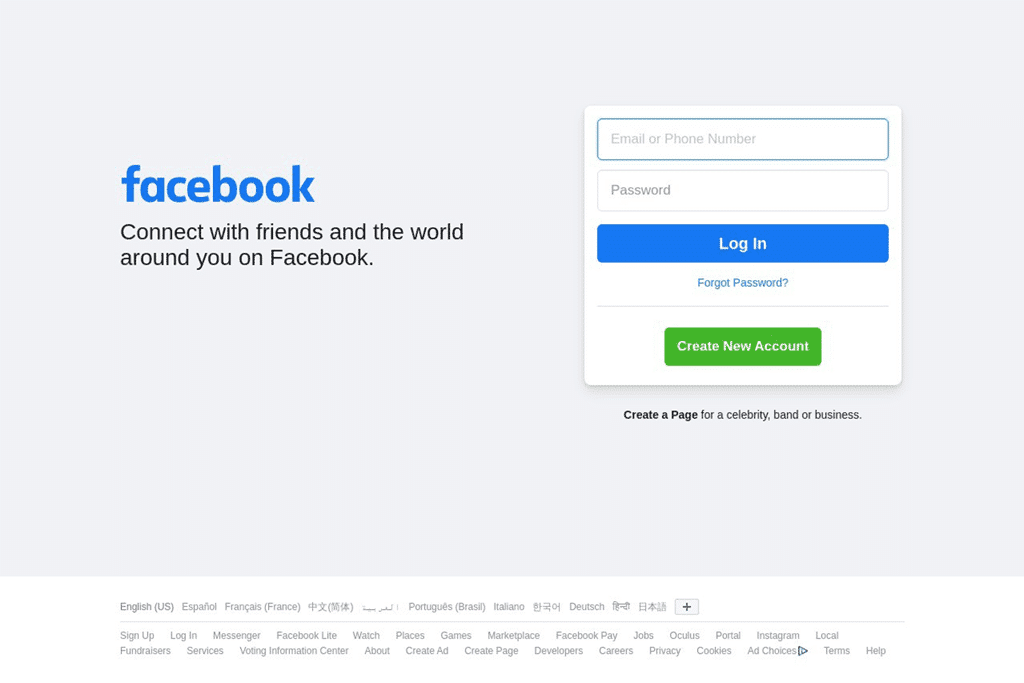
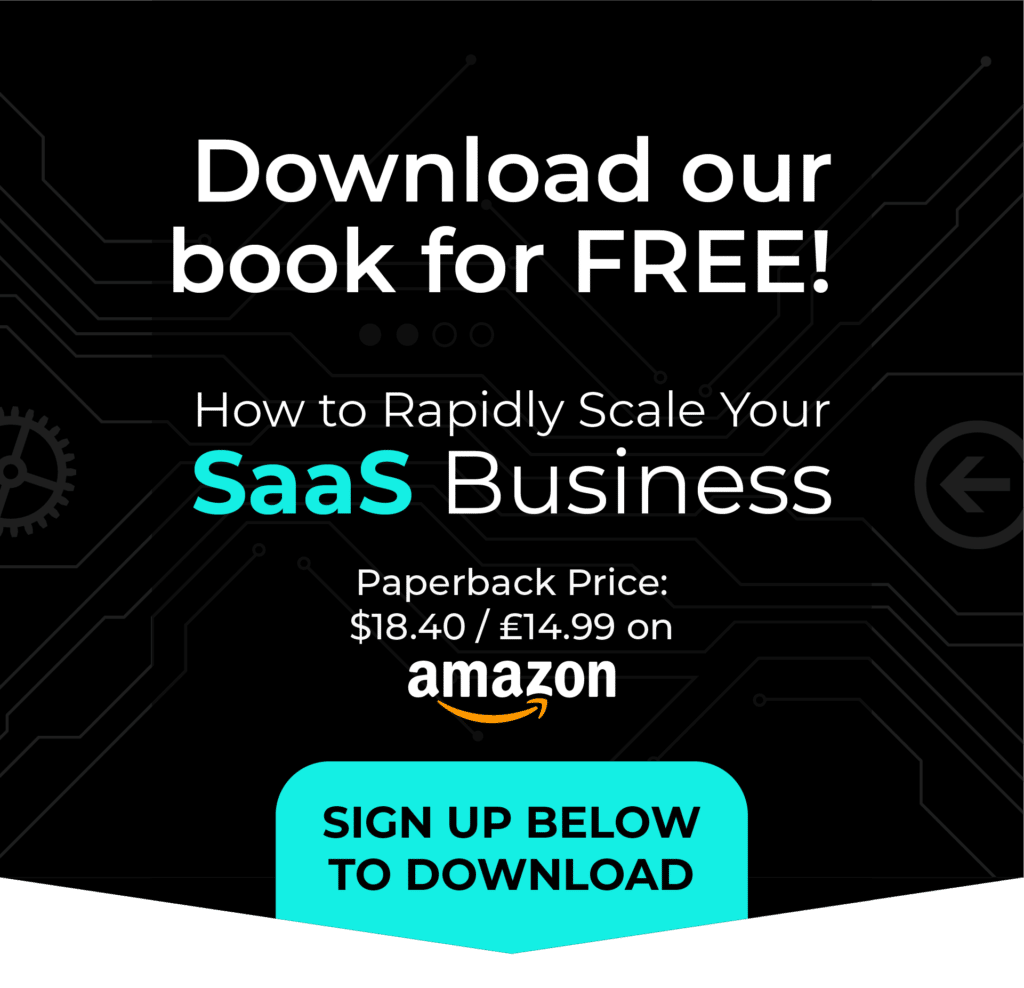
The SaaS business model: How a SaaS company works
What is the SaaS business model?
Adopting a SaaS business model over selling traditional software installations can benefit both the supplier and consumer. The premise of the service is that users pay a recurring fee for access to your software, which is hosted using cloud infrastructure.
Business owners avoid investing in IT solutions and acquiring the necessary hardware for development, instead conducting their daily operations online.
For example, a company’s customer service department might use Zendesk (a well-known SaaS brand) to perform online customer support and eliminate the need to create its own in-house software solution.
How to follow the SaaS business model
SaaS success requires companies to follow a business model through its multiple growth stages. To achieve stable growth, a SaaS business often needs substantial reinvestment of profit to alter services as users demand new application capabilities and more flexible software solutions.
A SaaS business model relies on renewal expectations. Thus, to generate ongoing revenue, cloud software companies must use real-time analytics to maintain a positive customer experience and provide a service that enhances customer lifetime value (CLV).
Ensuring system reliability, security and privacy, strategic flexibility, and technical capacity at a competitive price is the most effective way to follow the SaaS business model and secure renewals.
Who fits the SaaS model?
The SaaS model (particularly, B2B SaaS) is suitable for companies that supply products integral for business. The most suitable ones create management software, niche business applications, or email marketing resources and aim to update their services routinely.
Indeed, the more features software can offer consumers—alongside the promise of further developments over time—the more suited a platform is to a SaaS business model.
Recurring income is at the core of SaaS. Thus, providers of more stagnant and unchanging services may benefit from selling software as a one-off purchase as opposed to as part of a subscription plan. SaaS models work best when they are customizable and scalable to suit various customers and their evolving needs.
Pros of the SaaS model
For startups and small-to-medium businesses (SMBs), one of the greatest advantages of the SaaS model is its cost-effectiveness. Traditional software installations have to support multiple operating systems and be altered to work on several devices, while SaaS only supports web browsers.
The SaaS business model also promotes customer loyalty and retention by supplying customers with easy-to-use services. Software can be used instantly after logging in and there’s no complicated installation process. This means consumers are more likely to integrate your software as part of their everyday workflow.
Offering free trials or a “freemium” service option is also made easier with SaaS. For the buyer, these remove the risk of purchase and equip them with first-hand experience of the benefits of your product.
As a digital SaaS marketing strategy, freemium enables potential customers to become familiar with and reliant on your services.
Adding updates and new features is also much more convenient with SaaS. Instead of producing a product with all the necessary features during initial software development, useful updates can be offered to users whenever the need presents itself. In fact, you could even update features multiple times a week.
Cons of the SaaS model
Although a SaaS business model offers many advantages, you should consider if SaaS suits your unique business offerings and current financial position.
Setting up SaaS requires a substantial upfront investment. Hosting and maintenance costs for servers can be unfeasible for startups ,and it can take some time to build a large enough user base to become profitable.
You’ll also need a strong team, capable of web development and UI design, who are ready to adjust your software based on usability issues.
One of the greatest challenges of starting a SaaS company is that it is an incredibly competitive marketplace with new players entering every day. To stand out from the competition, you will need to combine modern software with effective marketing campaigns.
Incorporating professional SaaS SEO services into your brand promotion strategy will drive traffic to your website and boost engagement.
accelerate agency works with high-authority domains like HubSpot and BigCommerce to increase organic traffic and referrals. Click here to book a consultation today!
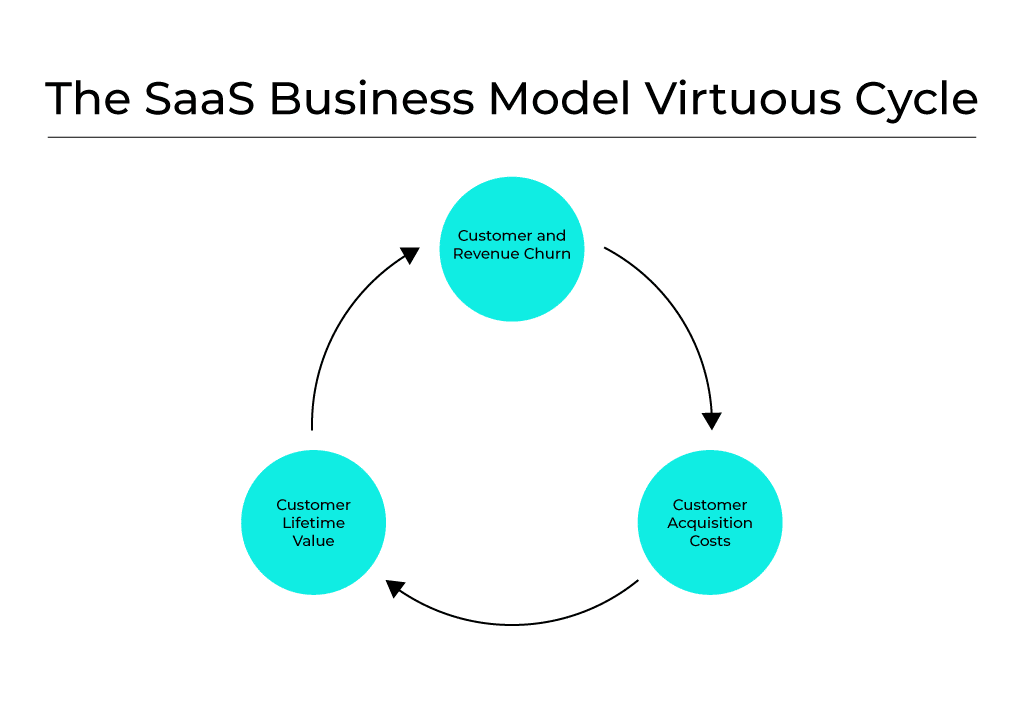
How SaaS differs from traditional software
The SaaS software delivery model is radically different from that of traditional software. Before the time of cloud-hosted SaaS tools, companies had to implement software on-site.
That meant installing and managing the software on-premises, rather than simply logging in online to the service hosted by a SaaS provider.
In summary, the key differences between the delivery models lie in:
- Management & maintenance – Once you’ve bought and installed traditional software, you’re often largely on your own. Your staff—or even an IT team hired especially for the job—have to manage, maintain, and troubleshoot the system. That can include upgrading the software over time, managing the wider infrastructure (servers, data centers, etc.), and more.
With SaaS, the solutions are hosted by the SaaS firm you’ve subscribed to. Therefore, they handle updates, fixes, and the maintenance of their servers and data centers.
- Cost – As there is far less installation and maintenance involved with SaaS products, they often work out cheaper than traditional software solutions. What’s more, costs are on an ongoing, regular, subscription basis, rather than consisting of a sizeable upfront payment.
- Scalability – Once again, due to their cloud-hosted nature, SaaS solutions are typically far easier to scale. After all, it’s much simpler for a SaaS provider to add additional users, features, or the server space required for them for a user, than it is for a business to upgrade or expand a traditional setup.
Major benefits of SaaS over traditional or licensed software
There are several major benefits of SaaS over more traditional software, both for users and providers.
As discussed above, internet or cloud-based applications are by their nature multiplatform. For customers, this means low-maintenance services that are easily accessible for both domestic and remote teams. SaaS can often replace the costly on-site data servers that licensed software requires for storage.
They also improve the ease of disaster recovery and business continuity. Should a user’s hardware break, be stolen, or malfunction, all the business’s data is stored on cloud infrastructure and is therefore recoverable.
SaaS backup systems store data reliably and securely. The frequency of backups can be scheduled by users and happens automatically, without any manual input. With constant improvements in the way data is stored online and more developers are embracing digital ledgers like blockchain, SaaS platforms are becoming increasingly secure methods of storing data.
Disadvantages of SaaS over traditional software
Despite the benefits, SaaS sites are not the best solution for every company. If the software requires significant and ongoing human intervention, it may not be ready to adopt cloud-native architecture. Equally, without a strong existing user base it can be difficult to switch to SaaS.
To reap the most advantages, software should already be popular and have the potential to collect substantial recurring revenue. For example, Adobe was already a successful licensed software provider before it transitioned from a one-off payment model to cloud-based monthly subscription plans. Traditional software may be the better choice for products that have yet to find their audience.
Additionally, the frequency with which SaaS systems can upgrade and change can affect developers and users. As consumers become accustomed to SaaS and the regularity of upgrades, they expect constant improvements. Vendors are required to update functionality frequently to keep products current and competitive, costing them time and money.
Changing back-end processes and APIs can also have unintended consequences for consumers when integrating with other SaaS platforms. Businesses value SaaS solutions because they’re quick and easy. When they slow down or complicate operations, they no longer supply users with a more convenient service than traditional software companies.
Types of SaaS companies: B2B & B2C
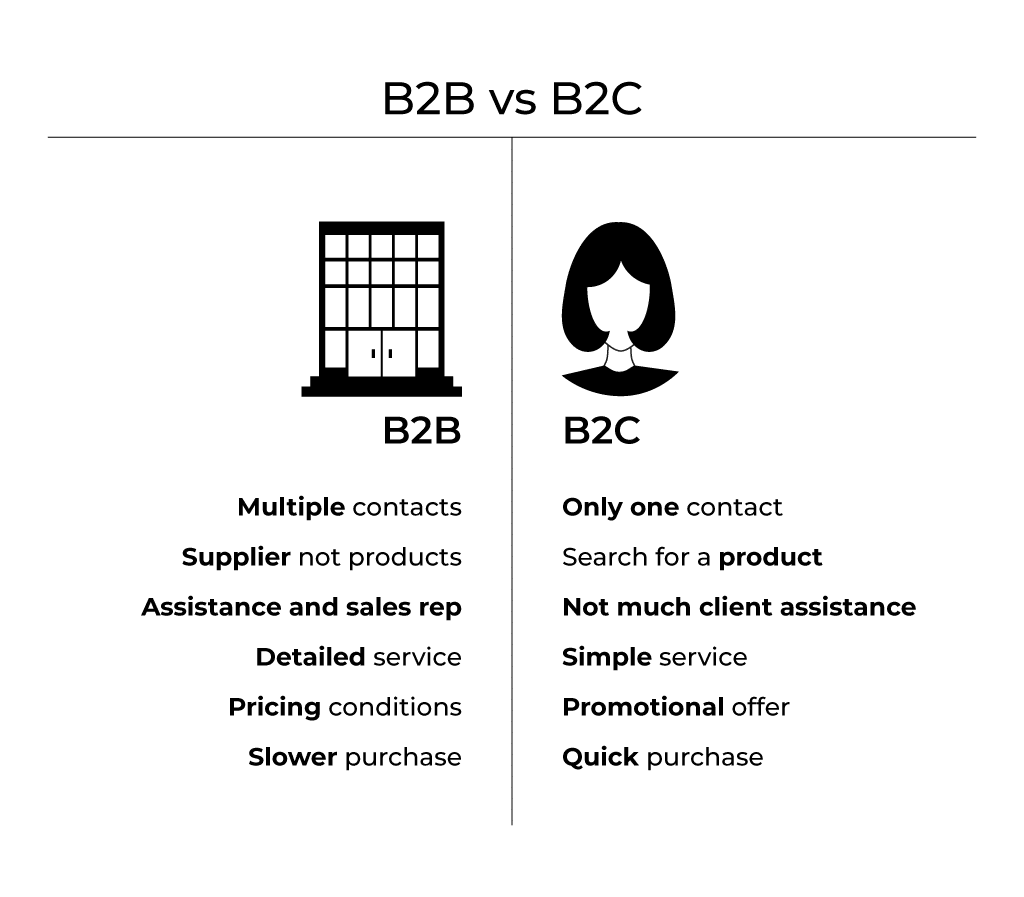
Software providers offer different types of SaaS, including both Business to Business (B2B SaaS) and Business to Consumer (B2C SaaS) solutions.
B2B provisions usually assist with day-to-day company operations and aim to automate or speed up repetitive tasks. B2C SaaS is provided to individual users, not companies.
Well-known examples of B2B SaaS products include:
- Mailchimp (an email marketing platform)
- Atlassian (project management software)
- Dialpad (a cloud-based communications solution)
Some B2C SaaS examples include Netflix and Spotify.
Why businesses use SaaS
B2B SaaS products are particularly beneficial insofar as they can drive rapid growth and improve sales potential.
For example, they can instantly increase the customer support capacity of a business, improve the efficiency of sales teams, and generate leads by assisting with both outbound and inbound marketing campaigns.
Whatever the precise area businesses look to improve with SaaS tools, they can be sure of a few principal benefits:
1.Cost-effectiveness
The cloud-hosted nature of SaaS products delivers cost-efficiency in a number of ways. Firstly, as mentioned, it reduces costs associated with installation, implementation, and maintenance.
What’s more, due to the subscription-based nature of the delivery model, there are often different pricing plans available. Businesses, therefore, can pick plans aligned to their needs. No more paying through the nose for software that you only need now and again or only use a handful of the features of.
2. Accessibility
In this day and age, remote and hybrid working is at an all-time high of popularity. Businesses across niches, from a SaaS tech company itself to a digital marketing agency and everything in between, need to allow their staff to work from anywhere.
SaaS solutions make that so much simpler. With an internet connection and the right logins, the full functionality of a SaaS platform can be at your fingertips wherever you are. Not to mention being accessible on desktop, tablet, and mobile devices, too.
3. Scalability
When a business invested in a traditional software solution, they needed to think about their immediate needs and also how they might change in the future. A solution that’s usable by five individuals is no good if your company grows to have a much larger team, after all.
SaaS tools, though, are eminently more scalable. Often with just a phone call or even a few clicks, users can adapt a SaaS platform to accommodate more users or encompass a greater range of features.
4. Guaranteed service levels & data recovery
With an on-premises solution, it’s up to your staff or IT team to keep things running. If things go wrong, that can lead to downtime which can lead to lost business and other expenses. It might also mean the disaster of lost or corrupted data, which could be difficult—or even impossible—to recover.
With the SaaS model, your provider will likely commit to a Service Level Agreement (SLA) when it comes to the uptime of your solution. These generally sit at around 99% uptime, meaning the provider is committed that your tool will be available to you 99% of the time—and that they’re contractually obliged to live up to that promise.
5. Time management
Less time spent maintaining, updating, and troubleshooting software solutions means more time handling those truly business-critical tasks. That’s not to mention the fact that one of the key aims of most SaaS products is to streamline vital business processes and make them more efficient across the board.
6. Enhanced security
Everyone knows how important cybersecurity is in the modern business climate. Maintaining the highest standards of security can be difficult and costly for small businesses.
With SaaS tools, it’s taken off your plate. Your provider is likely to be an enterprise SaaS company. That means they have the know-how, resources, and motivation to keep their tools (and your data) utterly secure. Their business depends on it, after all.
Stages of a SaaS company
During the lifecycle of a SaaS-based company, there are specific stages that it moves through. Typically, they’re built in three phases, from pre-startup and setup to growth, and finally maturity:
Pre-startup
Pre-startup can also be referred to as the problem or solution fit phase. As the name suggests, it involves identifying problems to which your SaaS offering could provide solutions.
Here, it would help to identify potential customers and conduct market research to understand their core needs. Once a minimum viable product (MVP) is created, companies should find investors and establish relationships with advisors and mentors.
Startup
As a startup, SaaS firms should focus on finding where it fits into the current marketplace. This means refining the features of your software to stand out from the crowd and using key metrics to identify your target consumers.
If you have yet to secure seed money, it should be done at this stage alongside procuring your first paying customers and making essential hiring decisions.
Efficiency/process improvement
Once you have a business with paying customers, the next stage in the SaaS lifecycle is to create a base of loyal consumers and establish trust in your services. You should refine the customer experience and focus on viral growth.
Use social media to engage with potential customers and identify possible sales channels. The aim here is to set up a repeatable sales process, one that is efficient and presents opportunities for scaling.
Growth
To grow your business, it’s crucial to drive traffic and convert site visits into sales. At this stage, your business will need to alter its focus from revenue growth to profitability. Your company may also need more investment to support customer acquisition efforts.
Make sure to track costs so they don’t scale faster than revenue and educate your team on the possible risks and problems that may arise as you scale.
Maturity
A SaaS organization reaches maturity when a loyal customer base has been attained, and a consistent sales process has been put in place.
While growth will be slower at this stage, it should not halt altogether. Companies should look for growth opportunities in a wider marketplace (potentially globally) and consider adding new products and services to their existing lineup.
Alternatively, a SaaS platform might embark on an IPO or look for acquisition opportunities.
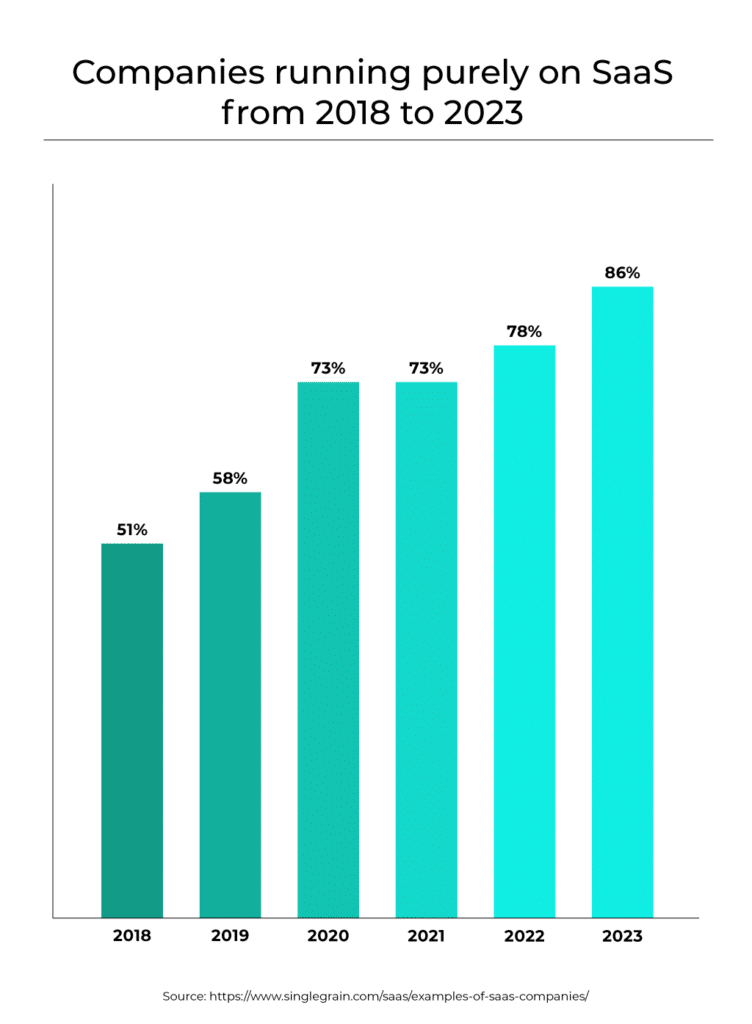
Top 19 Software as a Service (SaaS) companies of 2023
Now you know what SaaS is and the benefits it offers to both providers and users, you may just be interested in entering the field yourself. Why not take inspiration from these SaaS organizations that are already killing it in 2023?
1. Dialpad
Dialpad is an AI-powered cloud-based unified communications platform. It provides users with the latest in VoIP telephony and business communication technology and can be accessed from any internet-enabled device.
User reviews highlight call quality and 24/7 customer support. The service also offers integrations with CRM tools, ensuring customers are connected with the technology they need to conduct their day-to-day business operations from one platform.

2. PandaDoc
PandaDoc is a document workflow solution that makes creating, collaborating on, sharing, and signing business-critical documents quick and easy. The platform offers a wide range of contract templates and an array of features that can help businesses streamline their sales process, close more deals, and more.

3. Sage
Sage is probably one of the best-known names in the SaaS accountancy and finance field. They provide a varied SaaS product to help business owners stay on top of their accounting and bookkeeping, and allow them to spend more time actually running their business.
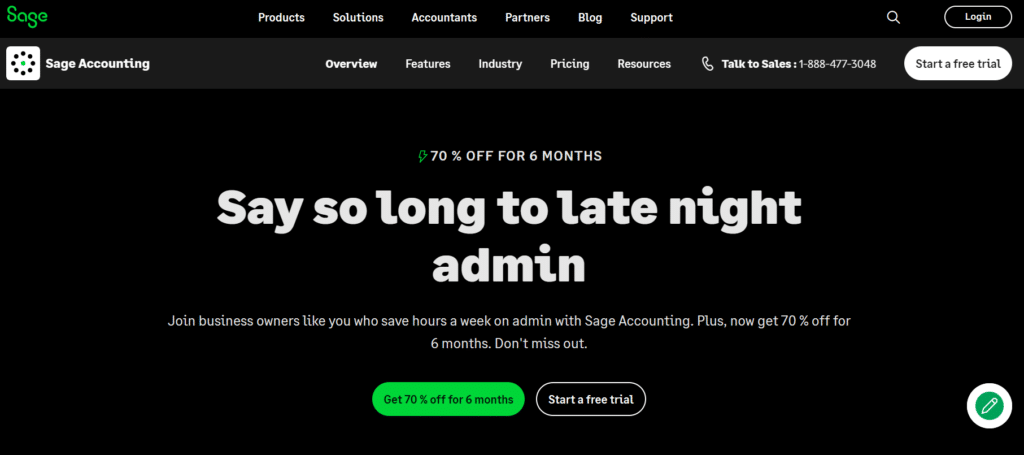
4. Vonage
SaaS-based unified communications and contact center solutions are the name of the game for Vonage. Designed to bring dispersed business teams together and to better connect organizations with their customers, Vonage is very much a SaaS company for the hybrid working age.

5. Databricks
Lakehouse architecture and AI company, Databricks, provides a SaaS platform to help organizations with comprehensive data and analytics needs. Combining the best of data warehouses and data lakes, the Databricks lakehouse helps businesses build a data foundation for greater insights and data-driven decision-making.
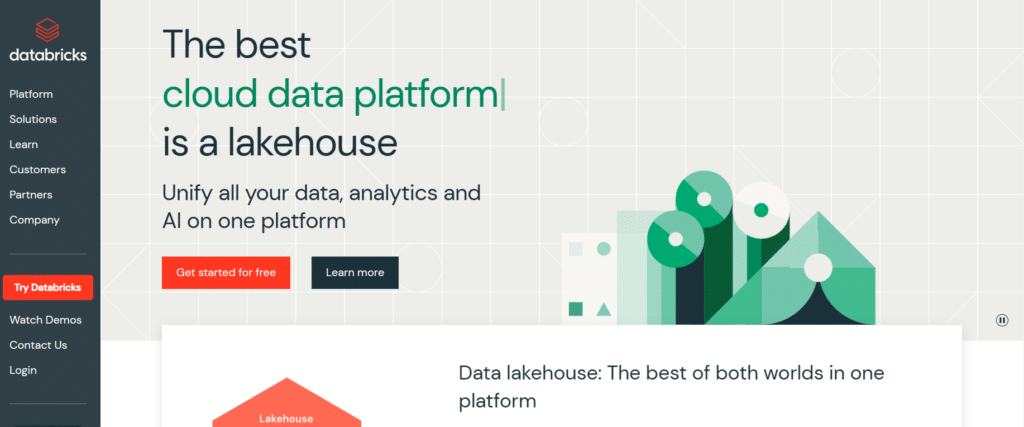
6. RealVNC
Need to remotely access the devices of your customers, staff, or pupils? Need to do it securely and efficiently every time? Then RealVNC’s remote access software may be the solution for you. Ideal for remote customer support, education and training, and more, RealVNC is another SaaS tool that’s perfect for the remote work era.
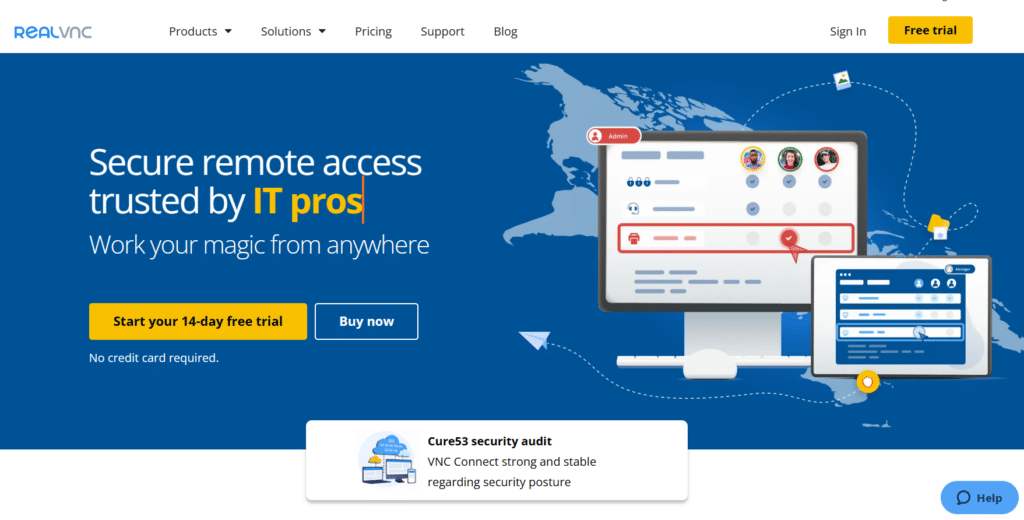
7. Paylocity
Today’s workforces and workplaces are dramatically different from those of ten—or even just five—years ago. So, the HR and payroll solutions your business uses ought to have evolved, too. That’s where Paylocity comes in. Their software helps simplify processes, overcome blockers, and improve HR efficiency across organizations.

8. Platform.sh
Platform.sh is probably better described as a PaaS (Platform as a Service) solution, rather than a SaaS tool. However, the benefit it can offer to modern businesses means it’s still well worth a spot on this countdown. Innovative digital experiences are crucial to organizations across industries, and Platform.sh provides the foundation upon which they can build them.
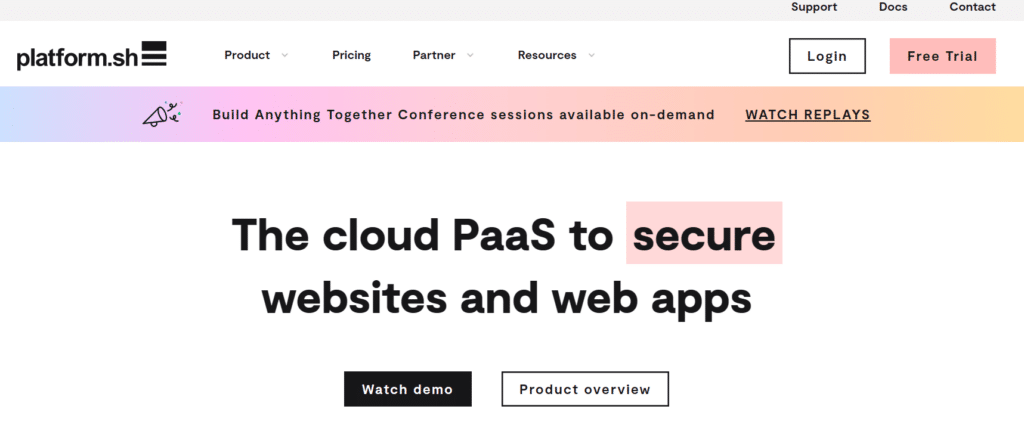
9. OnlyDomains
OnlyDomains is a SaaS company offering domain names and email addresses, web hosting, and a website building tool. There are more than 900 global and local domain endings to choose from, which is great news if your preferred dot-com name has already been snapped up.
You can easily build your own website with the drag-and-drop editor, and there are customizable templates and themes to help you. OnlyDomains also provides SSL certificates for new and existing sites.
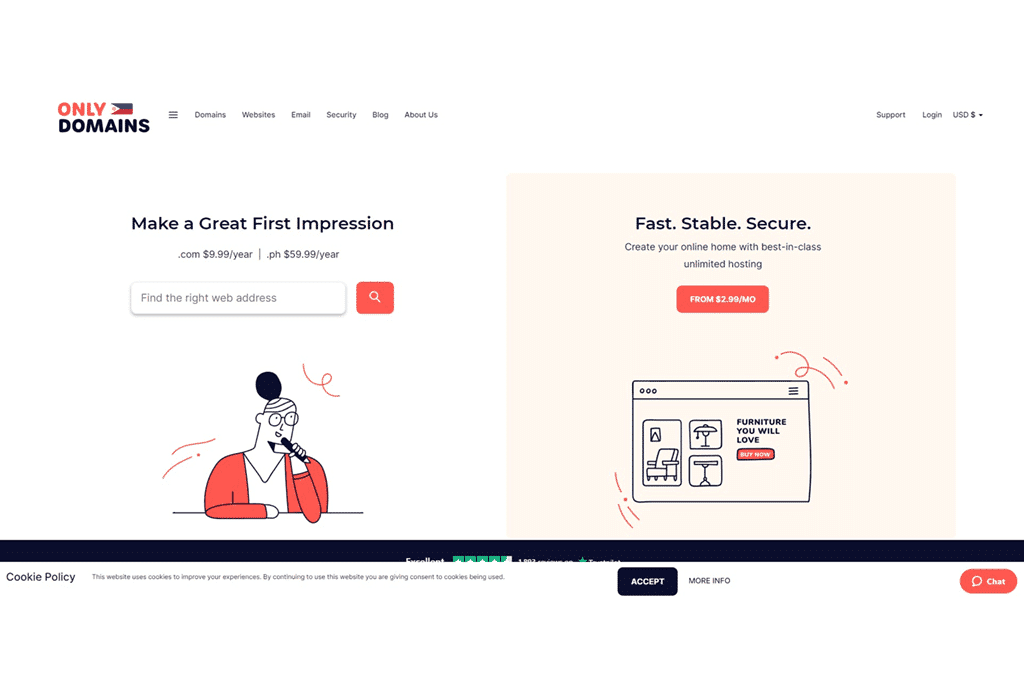
10. Global App Testing
Global App Testing is a crowd testing and intelligent automation tool for engineering and QA teams. It enables faster product releases by allowing teams to scale processes with ease.
Global App Testing is a cloud SaaS and web-based self-serve QA solution and delivers test results in 48 hours or less. User reviews highlight the ease of use of their mobile app testing features.
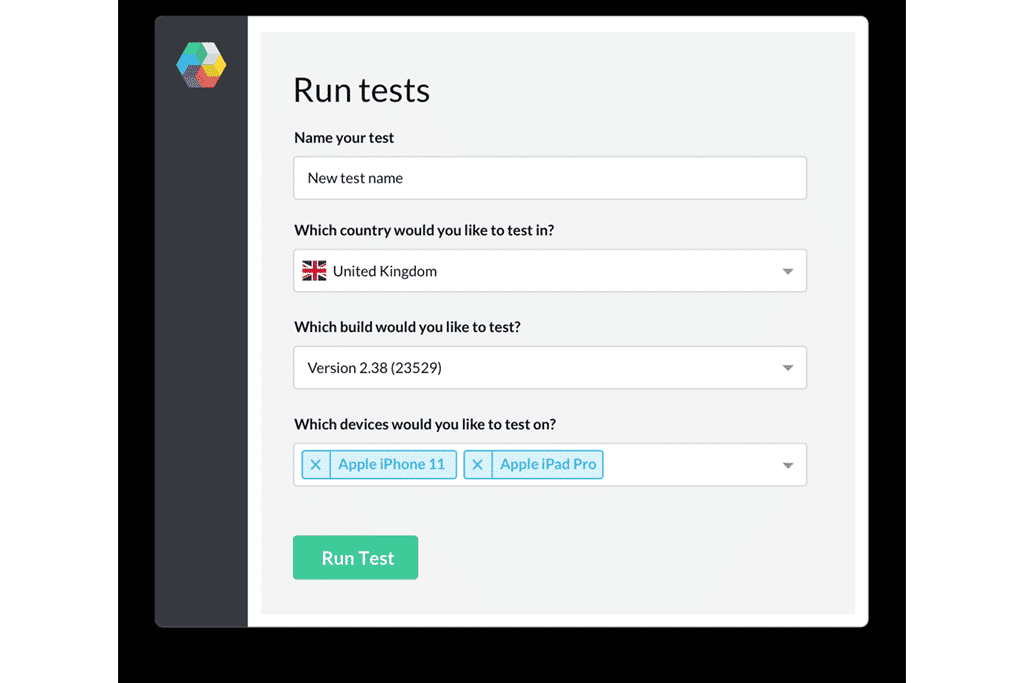
11. AuditBoard
Depending on the size of your organization, you’ve probably got individuals or whole teams dedicated to recognizing, mitigating, and addressing the various risks facing your company. AuditBoard provides a modern connected risk platform to connect them in a single system of record and make their jobs easier.

12. Toggl
Toggl is a desktop app compatible with Mac, Windows, and Linux. It is a time tracking software solution offering timing and reporting services that are accessible from anywhere.
Users of this SaaS product can track work hours, billable hours, and personal projects and improve their productivity.
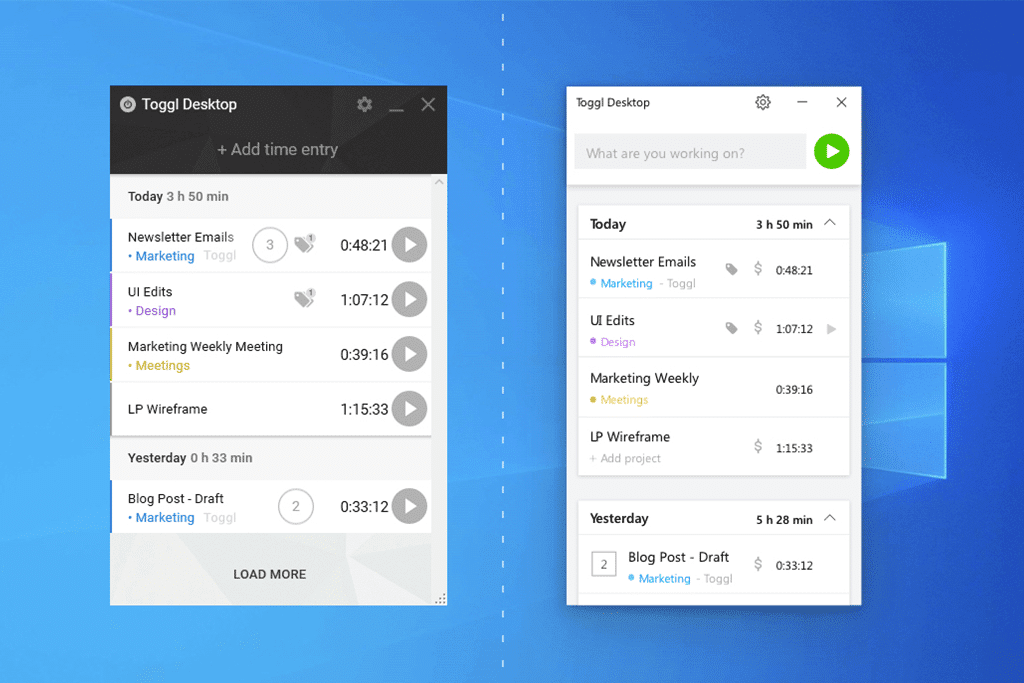
13. Help Juice
Help Juice is a knowledge base SaaS offering with advanced analytics, SSO, and instant intelligent search features.
14. HubSpot
HubSpot is an inbound marketing, sales, and service SaaS company. It offers CRM, resources, and support alongside all the necessary integrations for effective content management.
HubSpot is used to carry out, track, and measure online marketing campaigns like blogging, email, and social media marketing.
15. Google Workspace
Google Workspace provides a suite of cloud-native collaboration and productivity apps. It offers access to Google Drive, Docs, Gmail, and more from one centralized source.
16. Shopify
Shopify is a well-known ecommerce platform that allows users to sell online and at retail locations. It provides storefronts and payment solutions on one unified platform.
Currently powering over 160,000 retailers in over 100 countries, it offers competitive pricing in a crowded sector.
17. Slack
Slack is a proprietary business communications platform offering chat rooms, group, and private messaging. Its target audience is made up of SMBs rather than freelance users. Apps and integrations are available as a workflow builder to automate routine actions.
18. Salesforce
Salesforce is a CRM tool for small and medium enterprises. It’s focused on customer service, marketing automation, and providing analytics. It supplies a unified ecosystem of tools to both connect employees and engage customers.
19. Avalara
Avalara is tax automation software. It manages tax requirements by state, local, and other tax authorities with real-time calculations to ensure users are tax compliant. It also offers over 700 integrations with accounting, ecommerce, CRM, and ERP platforms.
Top 4 SaaS companies to work for
The 20 SaaS companies listed above should have all your business and personal needs covered, when it comes to the tools you may need day-to-day. What about SaaS businesses that would be great to work for, though?
We’re glad you asked:
1. IT & security SaaS: SolarWinds
SolarWinds is a leading provider of IT infrastructure management software. It enables users to monitor their IT environments in the cloud or via hybrid models. Engaging with technology professionals and with a commitment to excellence in end-to-end hybrid IT management, it is a world leader in its industry.
As the company aims to further mitigate its security risks and protect its clients after a recent data breach, it will be looking to recruit employees with expertise in cybersecurity and for those who can contribute to the company’s international growth.

2. Customer support SaaS: Atlassian
Thanks to its popular customer support tools Jira and Trello, Atlassian has turned over billions in revenue. Various features like Jira product and issue tracking, document collaboration, and Trello boards for task management equip teams with the right tools to succeed in business.
As a company to work for, Atlassian receives strong reviews for employee care, with many employees saying it’s a good place to work.
- Human resources SaaS: BambooHR
BambooHR offers human resourcing solutions as SaaS. Tasks include application tracking, employee onboarding, time-off tracking, and performance management, available from one centralized platform.
Currently a small team with under 1000 employees, the company is looking to recruit individuals to grow with them and share the same value for efficient problem-solving.
- DevOps SaaS: PagerDuty
PagerDuty is a SaaS incident response platform. It integrates machine learning and human intelligence to help teams detect and fix infrastructure problems.
As a leading player in its field, and recently having added more features for problem diagnosis and response, PagerDuty is a constantly evolving and modernizing software provider. With an increase in the pipeline, it is a top SaaS company to work for.
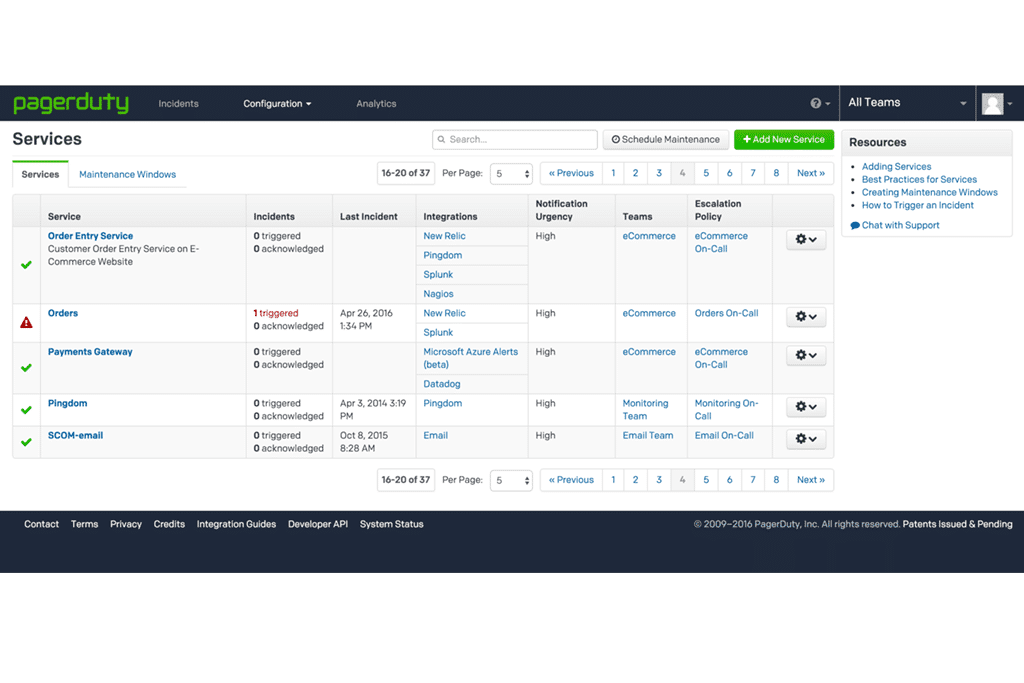
Best practices in choosing the right SaaS company
You’ve learnt how the SaaS model works and you’ve seen some of the top SaaS companies around. That might have got you thinking about that problem or weakness in your operations that a SaaS solution could solve.
Now, you’re ready to choose a SaaS provider to work with. How, though, can you ensure you select the right software partner? Here are some best practice to steer you in the right direction:
- Test drive several options – If you’ve learnt nothing else here (we hope you have), you’ve at least discovered the plethora of SaaS options out there. Before you opt for any one provider, make sure you explore your alternatives. SaaS companies worth their salt offer free trials. Take advantage of them. Try testing more than one option in parallel to give yourself a better comparison. There’s no such thing as too much information.
- Explore and consider the implementation and onboarding available – The right SaaS company to work with isn’t just defined by features and functionality. You also need to drill down into what implementation and training help the company will provide. A tool that may have less bells and whistles on paper but which comes from a provider that will help you get the most from it, may be better than a fancier platform with limited support.
- Consider your existing tech stack – Even the most comprehensive SaaS tool is unlikely to provide a holistic solution for your business. It will need to work with solutions and software already in your tech stack. Make sure you consider native integrations and APIs.
- Get cross-organizational input – Invite all your teams and stakeholders to provide their input on any potential SaaS vendors and their tools. Especially if they’re going to be using them once you have made your choice.
- Think about the now and the future – The scalability of SaaS tools is one of their principal benefits. However, not every SaaS solution is the same. Make sure any SaaS company you choose to work with is going to be able to meet your needs both now and in the future.
- Pay attention to pricing, but don’t be blinded by it – The price of any SaaS tool and how it fits with your budget is obviously important. Don’t, however, assume that it is the by-all-and-end-all. The cheapest tool isn’t always the most cost-effective, and the most expensive option isn’t always the best. Weight price against suitability to your needs, in order to assess value.
Conclusion: Getting started with a SaaS Company
What buyers need to know
SaaS is a cost-effective software delivery model for streamlining your everyday business operations. To get the most out of your platform and ensure it integrates with your existing software, it is essential to assess the features and attributes of various software providers.
With so many companies offering free services and trials, buyers should test each SaaS product before committing to a subscription.
What sellers need to know
Software as a Service can be a flexible and adaptable solution for businesses looking to acquire recurring revenue from their products and services. However, to thrive in such a competitive and ever-expanding industry, it is paramount that your brand stands out from its rivals.
Before getting started with your SaaS company, refine your product, identify its target audience, and outline a marketing strategy.
Here at accelerate agency, we can lend a hand. We’re a specialist SaaS marketing agency, adept at helping companies in the field to excel.
We’ll help you get quality leads and higher conversion rates. Click here to book a consultation today!
FAQs about SaaS
How do I choose between SaaS and on-premises?
SaaS solutions are better suited to users looking for regularly updating services without the resources to store software locally. In weighing the options, consider if you prefer a monthly or one-off payment and the pros and cons of storing your data remotely.
Can I customize SaaS software?
Generally, SaaS products can’t be modified by building customizations. However, given the ease with which providers can update and amend their services, SaaS is likely to be improved on an ongoing basis and customized to suit its user base.
Who owns my SaaS data?
The contract with your SaaS provider will outline rights of ownership. Typically, SaaS vendors own base applications ,and customers retain ownership rights and intellectual property rights for their content.
Is my data safe in the cloud?
Often, cloud data is stored more securely than data held domestically on hardware. Cloud storage solutions continue to improve their security features with technological developments, but users should be mindful of malware and phishing emails.
What is a private cloud?
A private cloud ensures data privacy through firewalls and internal hosting. It is usually offered to specific users rather than the general public.
What happens if my SaaS vendor goes out of business?
When a SaaS company goes out of business, they may be forced to take their services offline before you have retrieved your essential files. To avoid a crisis, businesses should ensure they have backup systems and SaaS alternatives.
Always check your service-level agreements for specified uptimes and terms of access.
What should I know before starting a SaaS company?
Before embarking on a SaaS startup, you should ensure you have budgeted for the SaaS lifecycle, formulated a business model and schedule, tested that your software is scalable, and your product is appropriate for subscription-based selling.
